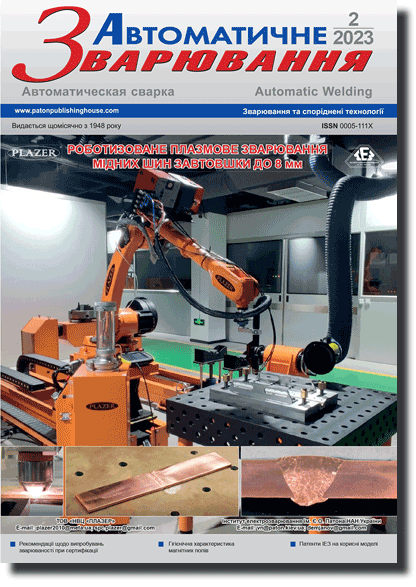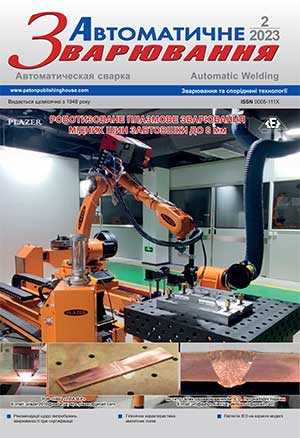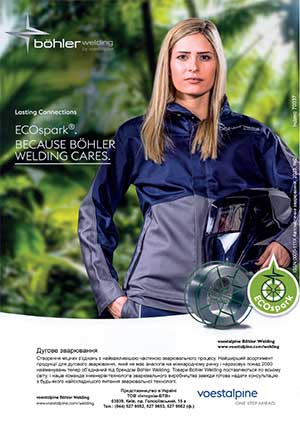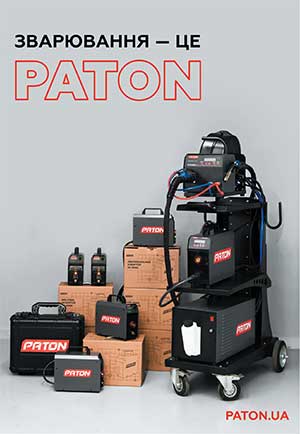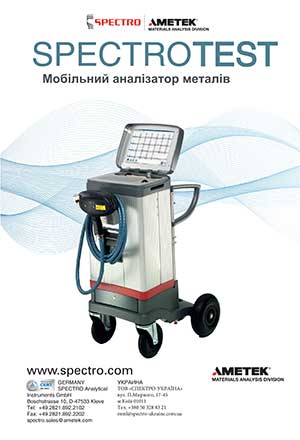| 2023 №02 (02) |
DOI of Article 10.37434/as2023.02.03 |
2023 №02 (04) |
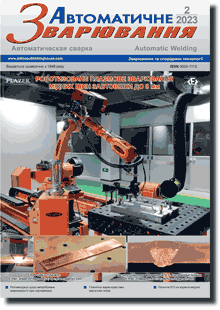
"Avtomatychne Zvaryuvannya" (Automatic Welding), #2, 2023, pp. 18-23
Investigations of the structure of welded joints of polymers using the Rehbinder effect
M.G. Korab, M.V. Yurzhenko, M.O. Kovalchuk, L.S. Parshutina, O.M. Chukashkin
E.O. Paton Electric Welding Institute of the NAS of Ukraine. 11 Kazymyr Malevych Str., 03150, Kyiv, Ukraine. E-mail: office@paton.kiev.uaWelds of polymeric materials, butt welded with a heated tool, are distinguished by a variety of structural components. Investigations of such welds allow studying the general fundamental processes of structure formation in the formation of welded joints of polymers. In this work, mechanical tests of welded joints of polymer pipes with a local load in the environment of surface active substances and with the use of the Rehbinder effect were carried out. Experimental specimens of pipe joints with a diameter of 63, 90, 110 and 160 mm from PE80 polyethylene were produced in the standard equipment for butt welding with a heated tool on the modes recommended by DBN B.2.5-41:2009. The tests were carried out in accordance with the requirements of the international standard ISO 22088 “Cracking under the influence of the environment” (ESC). The characteristic features of cracks propagation in the tests of the base material and the fusion zone of the weld were investigated. Using optical microscopy, the fracture surfaces of the specimens were investigated immediately after tests and after chemical etching in sulfuric acid solution. It was shown that in the fusion zone, a weakened “blurry” structure of polymeric material is formed, which is fractured during a local load. 14 Ref., 10 Fig.
Keywords: butt welding with a heated tool, supramolecular structure, mechanical tests, fracture surfaces
Received: 02.01.2023
References
1. (2018) Reference book on welding and gluing of plastics. Ed. B.E. Paton. Kyiv, Naukova Dumka [in Ukrainian].2. Ward, I.M., Sweeney, J. (2012) Mechanical Properties of Solid Polymers. 3rd Edition. Wiley. https://doi.org/10.1002/9781119967125
3. Kulak, M.I. (2002) Fractal mechanics of materials. Moscow, Vysshaya Shkola [in Russian].
4. Demchenko, V., Iurzhenko, M., Shadrin, A. et al. (2017) Relaxation behavior of polyethylene welded joints. Nanoscale Research Letters, 12, 280-285. https://doi.org/10.1186/s11671-017-2059-z
5. Buketov. A., Brailo, M., Yakushchenko, S. et al. (2019) Investigation of Tribological Properties of Two-Component Bidisperse Epoxy-Polyester Composite Materials for Its Use in the Friction Units of Means of Sea Transport. Periodica Polytechnica Mechanical Engineering, 63(3), 171-182. https://doi.org/10.3311/PPme.13161
6. Ibeh, C.C. (2011) Thermoplastic Materials: Properties, Manufacturing Methods and Applications. CRC Press, Boca Raton. https://doi.org/10.1201/b13623
7. Chetvergov, V.A. (2002) Physical principles of reliability. In: Lectures. Omsk, OGUPS [in Russian].
8. Volynskii, A.L., Bakeev, N.F. (2013) Regularities of the Rehbinder effect in polymers. Review. Prot Met Phys Chem Surf, 49, 493-509. https://doi.org/10.1134/S2070205113050109
9. ISO 22088-1:2006 Plastics - Determination of resistance to environmental stress cracking (ESC). Part 1: General guidance.
10. ISO 22088-3:2006 Plastics - Determination of resistance to environmental stress cracking (ESC). Part 3: Bent strip method.
11. ISO 22088-4:2006 Plastics - Determination of resistance to environmental stress cracking (ESC). Part 4: Ball or pin impression method.
12. Mineev, E.A., Repa, V.P. (1989) To problem of investigation of welded butt joint strength from polyethylene pipes. Kyiv, PWI [in Russian].
13. Minregionbud of Ukraine (2010) DBN V.2.5-41: 2009. Plumbing installations and constructions. External networks and facilities. Gas pipelines from polyethylene pipes. Pt 1: Design. Pt 2: Construction. Kyiv, SE Ukrarkhbudinform [in Ukrainian].
14. Hosemann, R. (1982) Dependence of the change in the free enthalpy on the lattice number with the formation of microparacrystals. Colloid and Polymer Science, 9, 864-870. https://doi.org/10.1007/BF01419097
Advertising in this issue:
The cost of subscription/purchase order journals or individual articles
| Journal/Currency | Annual Set | 1 issue printed |
1 issue |
one article |
| TPWJ/USD | 384 $ | 32 $ | 26 $ | 13 $ |
| TPWJ/EUR | 348 € | 29 € | 24 € | 12 € |
| TPWJ/UAH | 7200 UAH | 600 UAH | 600 UAH | 280 UAH |
| AS/UAH | 1800 UAH | 300 UAH | 300 UAH | 150 UAH |
| AS/USD | 192 $ | 32 $ | 26 $ | 13 $ |
| AS/EUR | 180 € | 30 € | 25 € | 12 € |
| SEM/UAH | 1200 UAH | 300 UAH | 300 UAH | 150 UAH |
| SEM/USD | 128 $ | 32 $ | 26 $ | 13 $ |
| SEM/EUR | 120 € | 30 € | 25 € | 12 € |
| TDNK/UAH | 1200 UAH | 300 UAH | 300 UAH | 150 UAH |
| TDNK/USD | 128 $ | 32 $ | 26 $ | 13 $ |
| TDNK/EUR | 120 € | 30 € | 25 € | 15 € |
AS = «Automatic Welding» - 6 issues per year;
TPWJ = «PATON WELDING JOURNAL» - 12 issues per year;
SEM = «Electrometallurgy Today» - 4 issues per year;
TDNK = «Technical Diagnostics and Non-Destructive Testing» - 4 issues per year.





